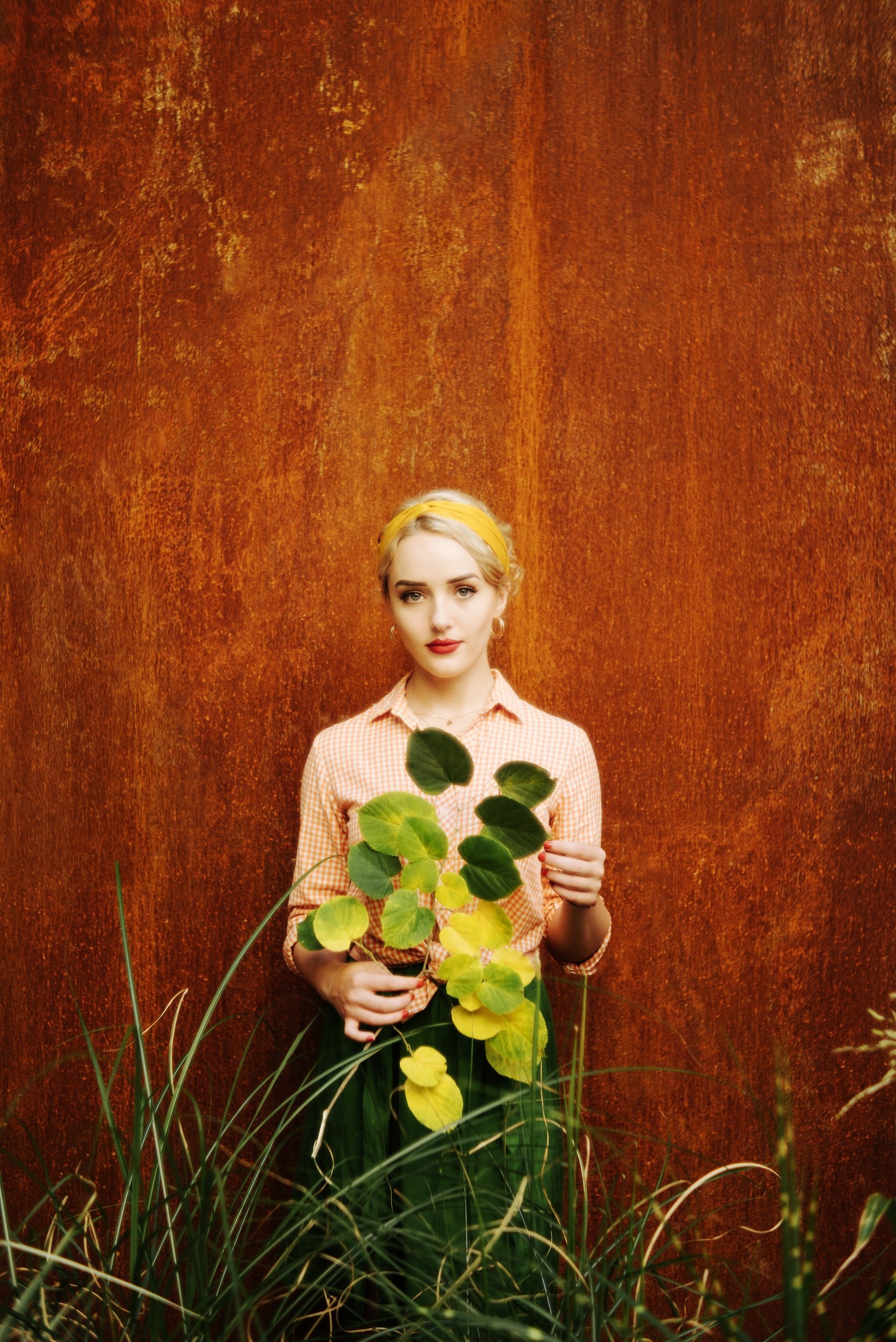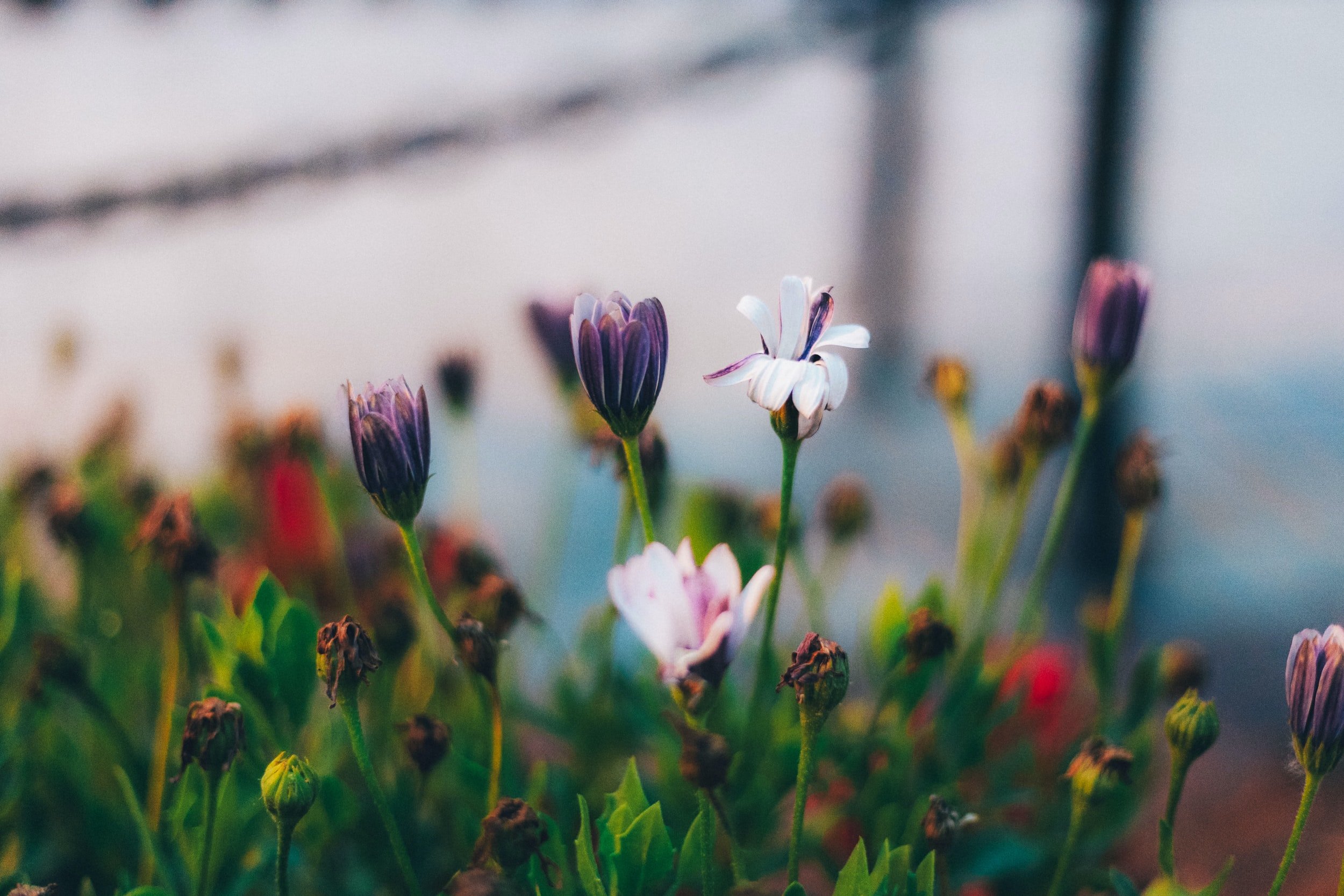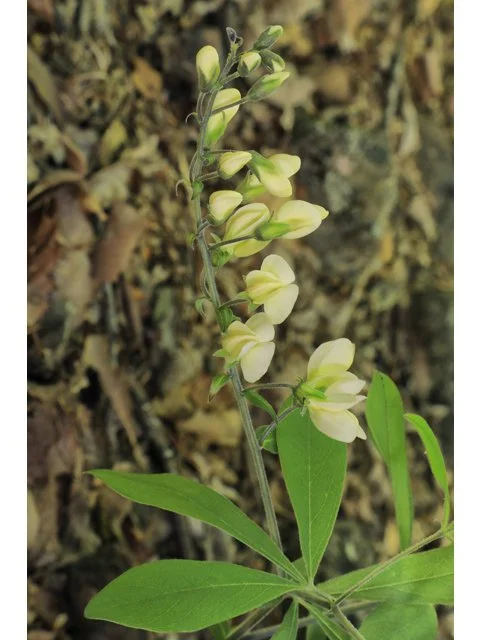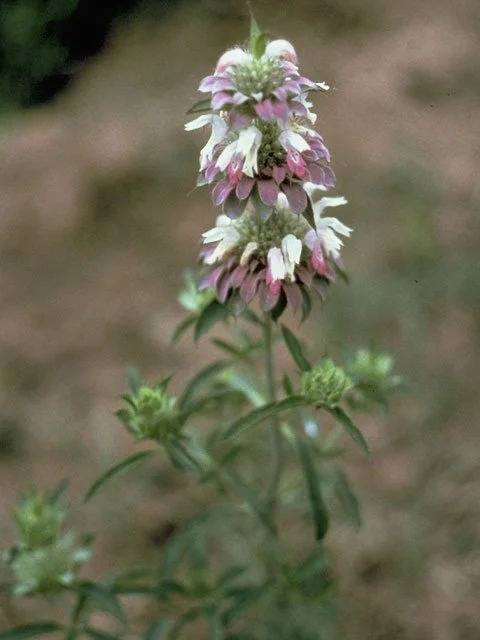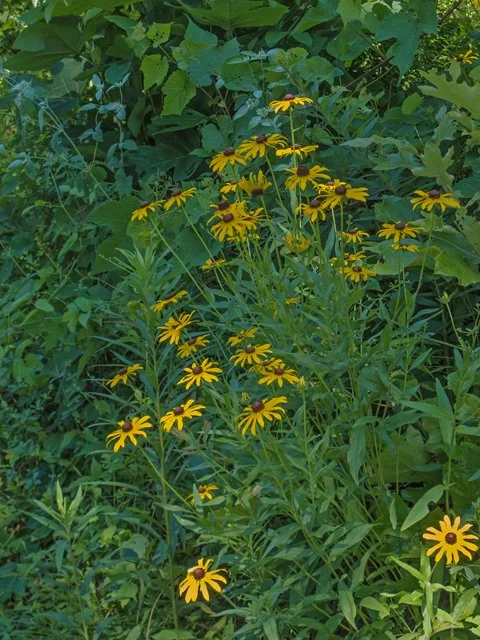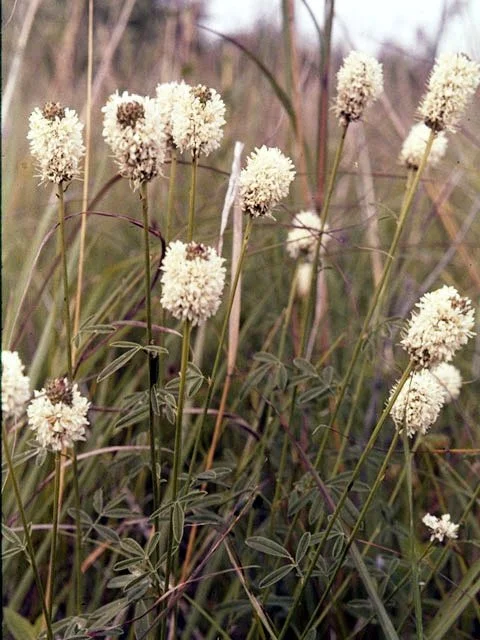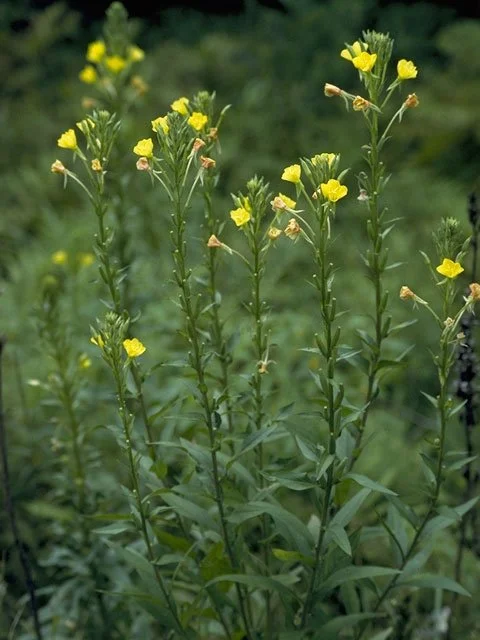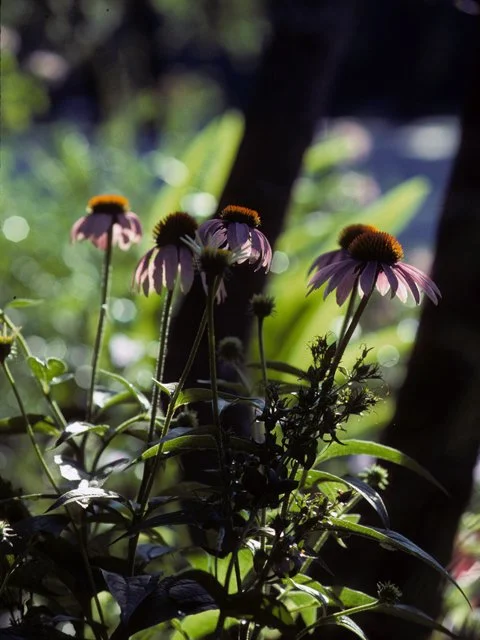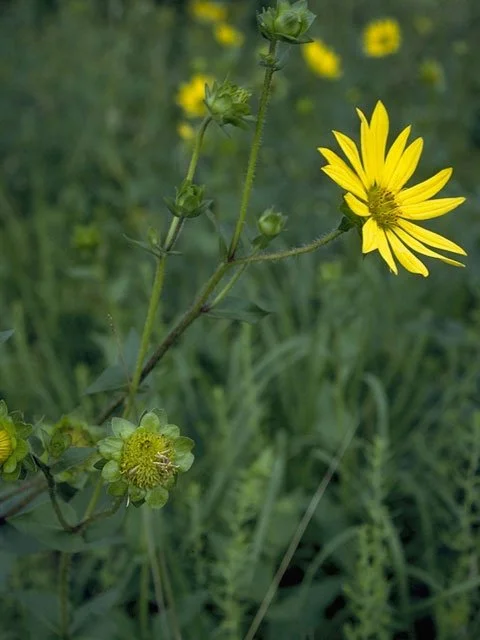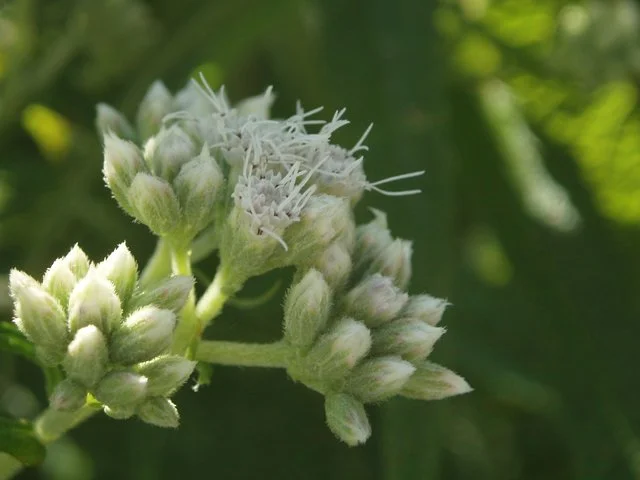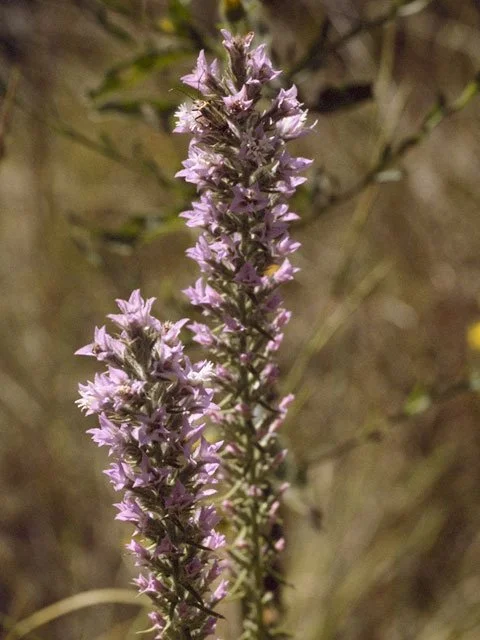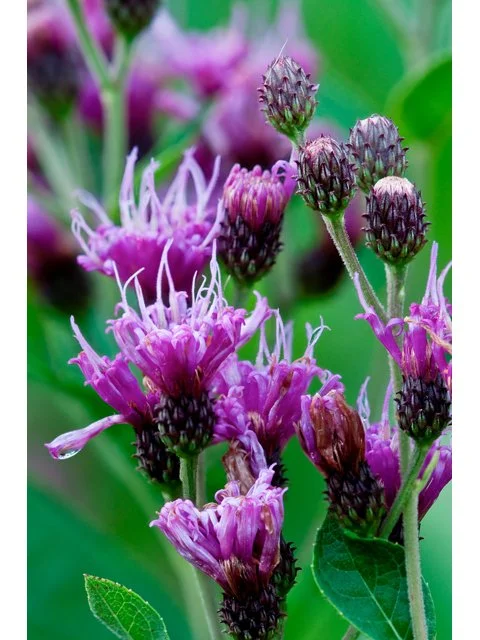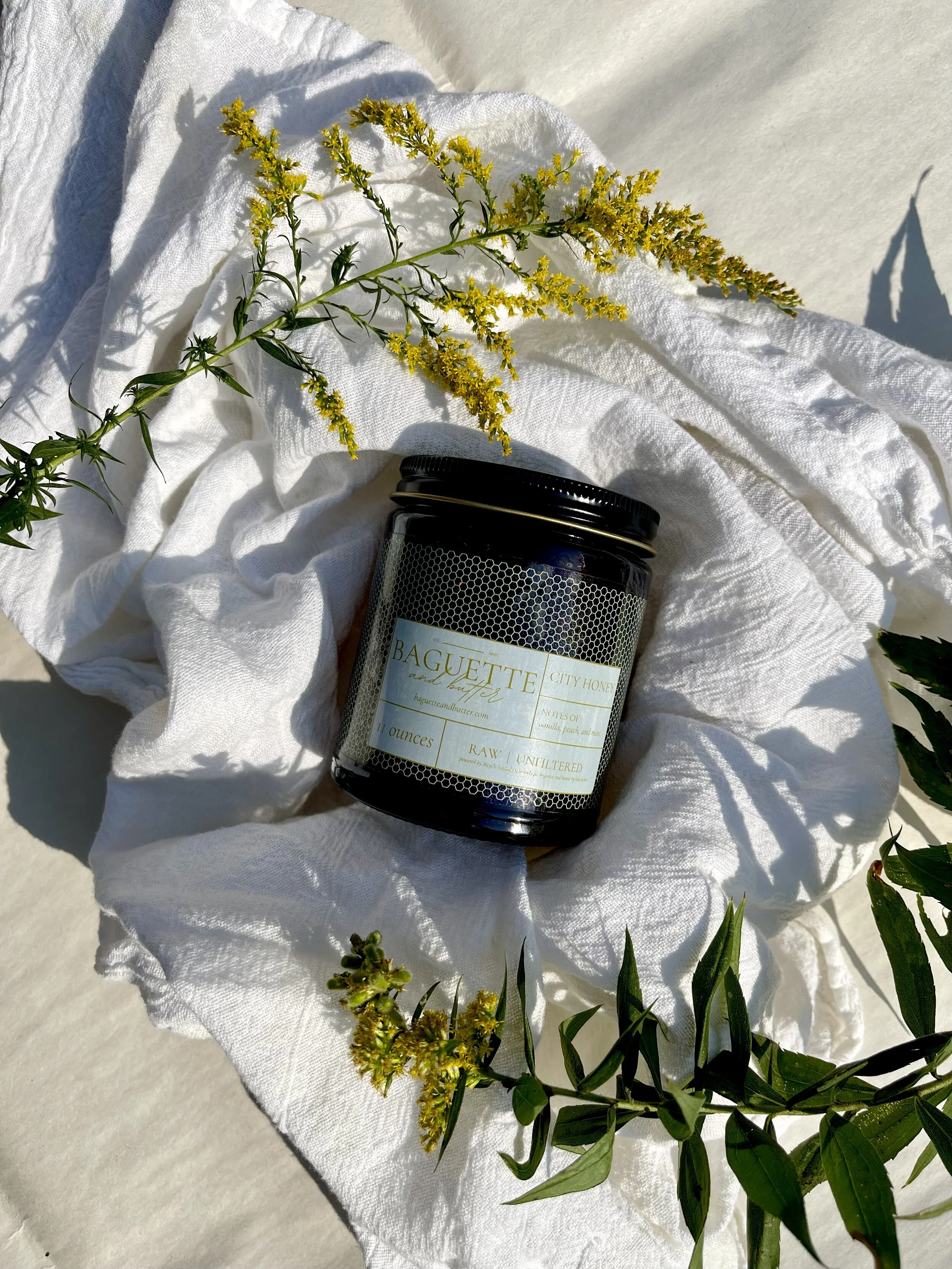The Sustainable Garden: Our Top Native Pollinator Flower Picks For Any Back Garden
According to Pollinator Partnership, birds, bats, bees, butterflies, beetles, and other small mammals that pollinate plants are responsible for bringing us one out of every three bites of food. Somewhere between 75% and 95% of all flowering plants on the earth need help with pollination including the food that lands on your plate everyday. In modern metropolitan cities finding native pollinator plants can be few and far between, making it more difficult to help our local pollinators and back gardens thrive. In this article we will chat about our favorite native pollinator flowers for the Midwest Prairie Parkland region.This includes Illinois, Iowa and Missouri. If you’d like to find native pollinator plants that suit your region or learn more information about native pollinators click here.
MEET the POLLINATORS
Without native pollinators the beautiful recipes we create from our gardens or purchase from local farms would not exist. It is important for us to do our part in helping our native pollinators thrive by creating a healthy habitat for native pollinators, eliminating the use of pesticides in your home and garden, and by planting native pollinator flowers in your garden, terrace, or in a window box. Before we discuss our top native pollinator flower selections we need to meet the pollinators and better understand the role they play in our gardens landscape.
BEES many people are fearful of bees, but they are workhorses of our native plantscape and play a very important role in the production of our food. Bees have tongues at different lengths that determine which flowers they can retrieve nectar from so be sure to include flower varieties that allow all types of bees to harvest nectar from them.
BATS though not pollinators in the midwest, bats do play a role in pollinating flower blossoms in cacti and agave plants.
BUTTERFLIES these pollinators are a favorite in any garden. Butterflies love full-sun plants that have a good landing platform, so be sure to select a few sun loving varieties at your local nursery this planting season. Butterflies also eat fruit windfalls (fruit that drops to the ground from heavy wind) so leave an apple or two for the butterflies in your garden.
BIRDS have you ever seen a hummingbird in your back garden? You should be. Hummingbirds are huge pollinators in North America. They feed and pollinate tubular flowers. If you want to attract hummingbirds to your terrace, plant a variety of bright tubular flowers for them to visit.
BEETLES though not the sexiest of the pollinators, beetles do help pollinate many plants varieties, such as the purple coneflower and paw paws.
FLIES yeah, some flies help pollinate our gardens too. Many small flower varieties that bloom in the shade are often pollinated by flies. Some plants include paw paws, queens anne’s lace, and other members of the carrot family.
MOTHS one of our top native pollinator plant selections, Pink Evening Primrose needs moths to assist in the pollinating process. You will often find them doing their work late into the evening pollinating less colorful flower varieties.
TIPS to planting POLLINATOR FLOWERS
I. Select an assortment of plants that bloom throughout the seasons
II. Create a pollinator friendly habitat in your garden or terrace to help pollinators thrive. Make sure they have proper shelter, food and water.
III. I am placing this tip in all caps for the people in the back to read, STOP USING PESTICIDES! You can click here to learn the best place to safely dispose of your pesticides.
IV. Purchase pesticide friendly flowers that are native to your dwellings landscape. Some flowers have been altered to be pollen-less. Be sure to ask questions at your local nursery to ensure your plant selections are flowers that will indeed feed our native pollinators and help keep them safe.
V. Plant pollinator flowers in groups
OUR TOP NATIVE POLLINATOR FLOWER PICKS
A NOTE: though the following selections are perennial in our region there are plants not native to our landscape that are great pollinators and work in any garden. Whether you have a back garden, terrace, potted garden or windowsill garden, you can plant varieties of mint, oregano, chives, parsley and flowers such as zinnias, sunflowers, or lavender to your dwellings garden. Just be sure when selecting that they are grown pesticide free.
SPRING BLOOMING SELECTIONS
LONGBRACT WILD INDIGO
color varieties: purple or blue
part-shade
pollinated by: bees
HORSEMINT
color varieties: white, purple, pink, or yellow
sun to part-shade
pollinated by: bees, hummingbirds, and butterflies
PHLOX
color varieties: white, purple, or pink
sun to part-shade
pollinated by: bees, hummingbirds, and butterflies
BLACK-EYED SUSAN
color varieties: yellow
sun to part-shade
pollinated by: bees and butterflies
SUMMER BLOOMING SELECTIONS
PRAIRIE CLOVER
color varieties: purple or white
full sun
pollinated by: bees
PAIRIE MILKWEED
color varieties: pink
full sun
pollinated by: butterflies
EVENING PRIMROSE
color varieties: purple or yellow
sun to part-shade
pollinated by: moths
PURPLE CONEFLOWER
color varieties: purple
sun to part-shade
pollinated by: butterflies, bees, and beetles
AUTUMN BLOOMING SELECTIONS
ROSINWEED
color varieties: yellow
full sun
pollinated by: bees and flies
BONESET
color varieties: purple, pink, or white
full sun to part-shade
pollinated by: bees and butterflies
LIATRIS
color varieties: purple
full sun to part-shade
pollinated by: bees and butterflies
IRONWEED
color varieties: purple, pink
full sun
pollinated by: bees and butterflies
Photos via. Lady Bird Johnson Wildflower Center's collection
SHOP the market
Bees and City Dwellers are very much alike. We love getting lost in the city and we admire the flowers as we go about our day, we cultivate and care for our community and we share our abundance too. For every jar purchased a portion of the proceeds will go towards planting native pollinator flowers to help feed our city pollinators and restore biodiversity in our cities plantscape.



